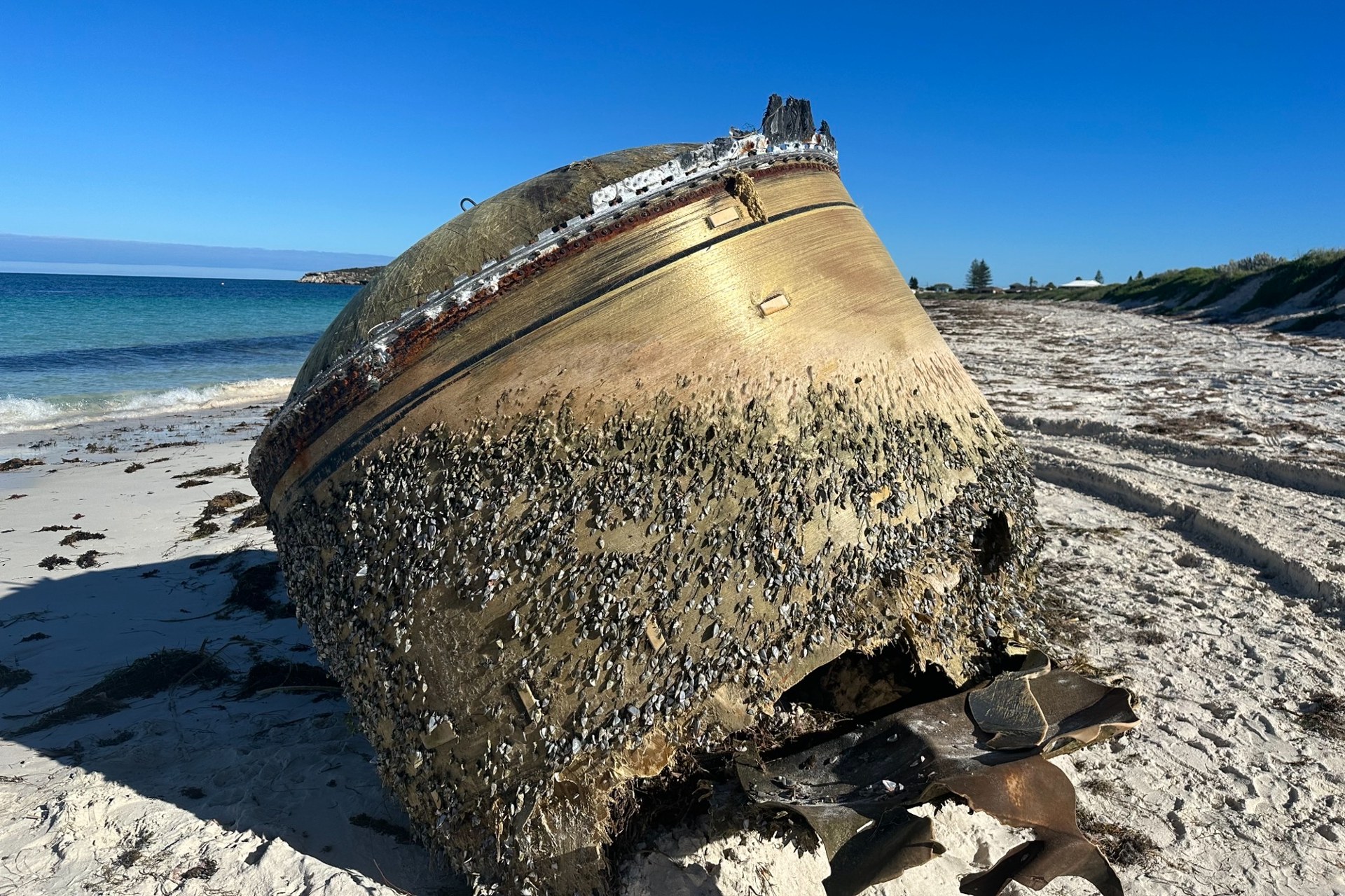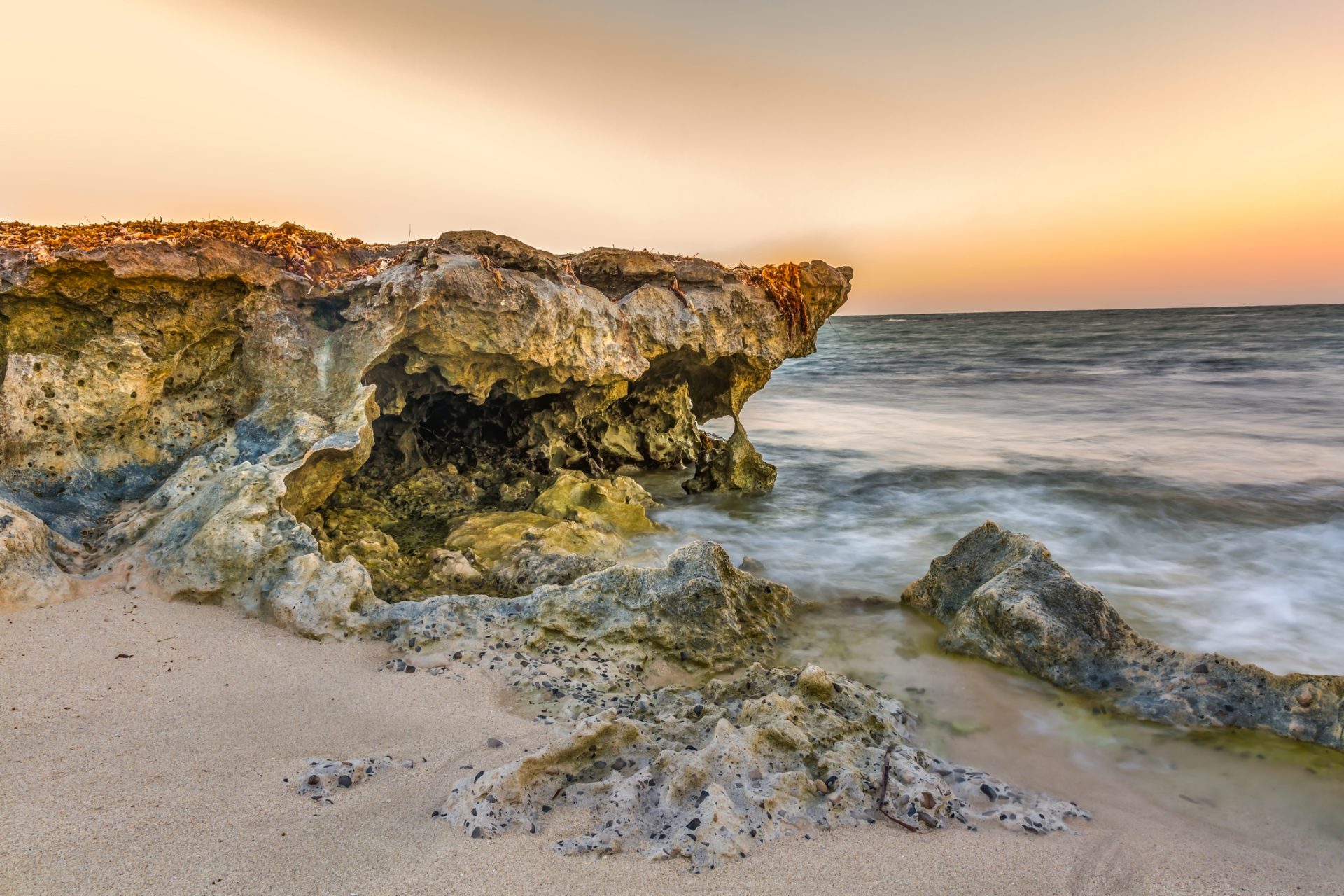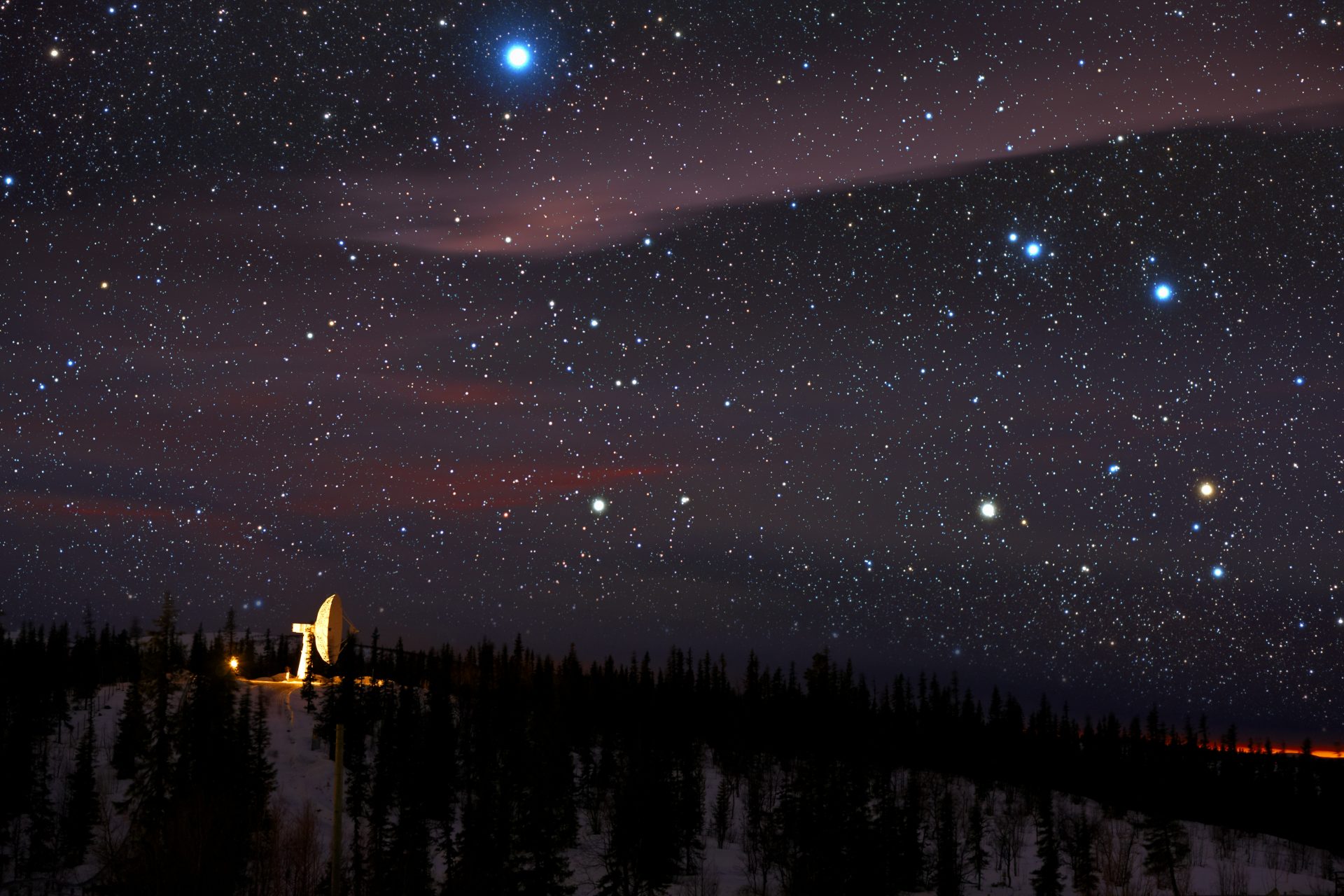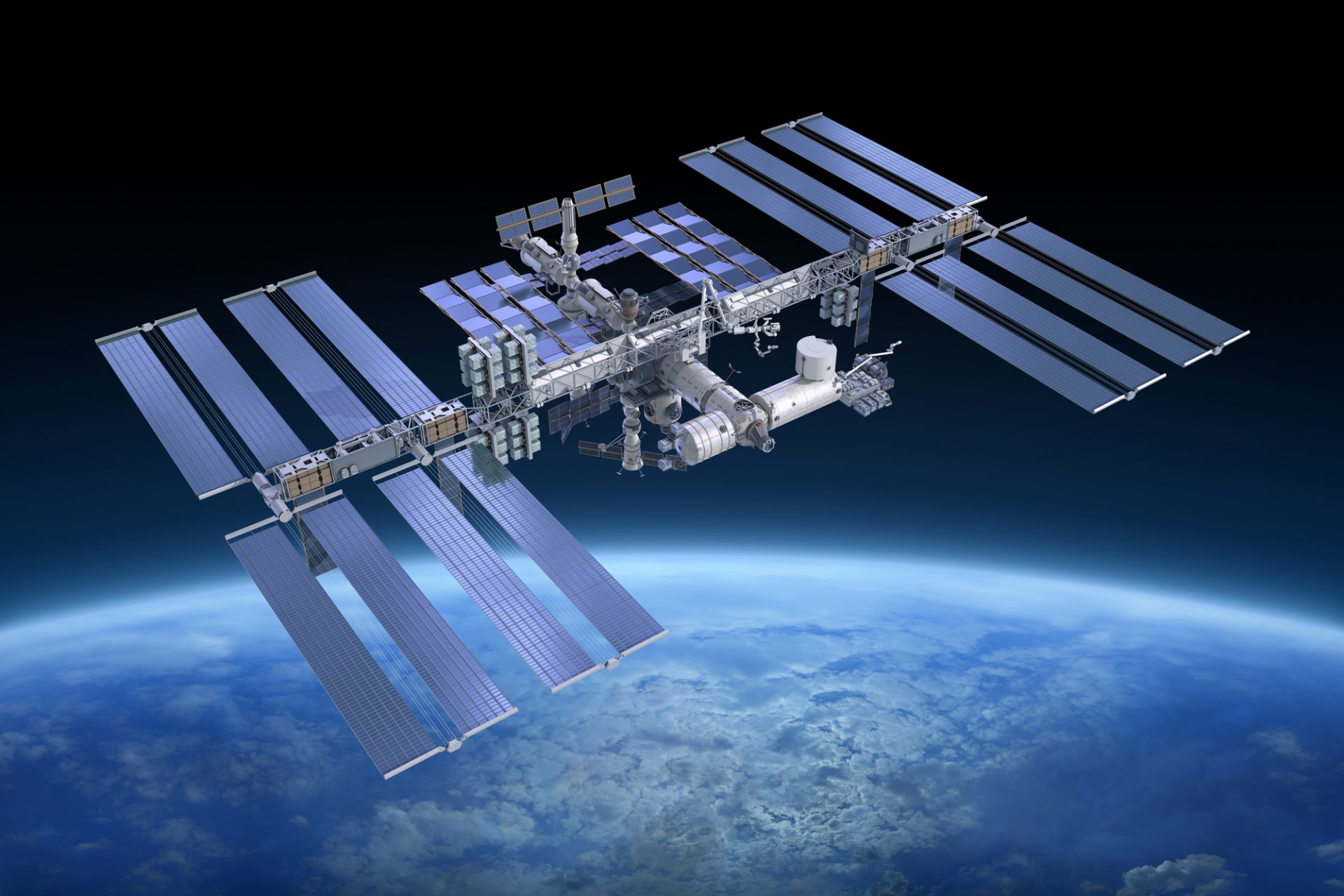This mysterious object found on an Australian beach could be space junk
A mystery object washed up on the coast of Australia, sparking local curiosity and speculation over what it might be. It was a metallic piece of unknown origin.
It is a bronze-colored cylinder, taller than a human, explains CNN. It has damage on the side and barnacles all over it, which suggests it might have been underwater a long time.
Image: Twitter / Australian Space Agency (@AusSpaceAgency)
It arrived at Green Head, a beach town south of Western Australia, 155 miles north of Perth, the state's capital and the fourth most populated city in the country.
Local police cordoned off the area to prevent curious citizens from touching or moving it while they determined if it posed any danger.
After an analysis by the Department of Fire and Emergency Service and Chemistry Centre of Western Australia, the authorities confirmed it was not dangerous. The institution will recover and store it.
It was most likely space debris that fell into the ocean and then washed out to the coast, the police said in a statement collected by The Guardian.
The institution explained that it still had to confirm that hypothesis and was working with international agencies to identify its origin.
The theory coincided with the hypothesis the Australian Space Agency had been working on. The organization said it was evaluating whether it was a piece of a foreign launch vehicle.
Two days later, the Agency said on Twitter that it was likely a solid rocket motor casing, a piece of metal made to shell the propeller during a rocket launching.
When launched into space, satellites or ships are attached to rockets with enough propulsion to send them out of the atmosphere. Usually, parts of it drop as the object reaches space.
Alice Gorman, a space archaeologist from Flinders University in Adelaide, told CNN that the debris found in Australia probably never reached space, as its color and shape are almost intact.
The cylinder was an opportunity to remind the public of an important issue: space junk or debris, little pieces of former satellites destroyed or abandoned after they served their purpose.
All those pieces of junk are careening through the Earth's lower orbit at intense speeds. It is also increasing as the number of satellites we send up is doing the same.
According to the Washington Post, the problem became so severe that the Biden Administration issued a call to abolish tests that destroy satellites in orbit last year after Russia blew up a dead satellite.
The most significant risk of space junk is that it can hurt the International Space Station or the astronauts carrying missions in it.
The Washington Post explains that there are dozens of near-collisions between active satellites or pieces of debris yearly, and no international regulations or agreements to stop the problem.
More for you
Top Stories





























